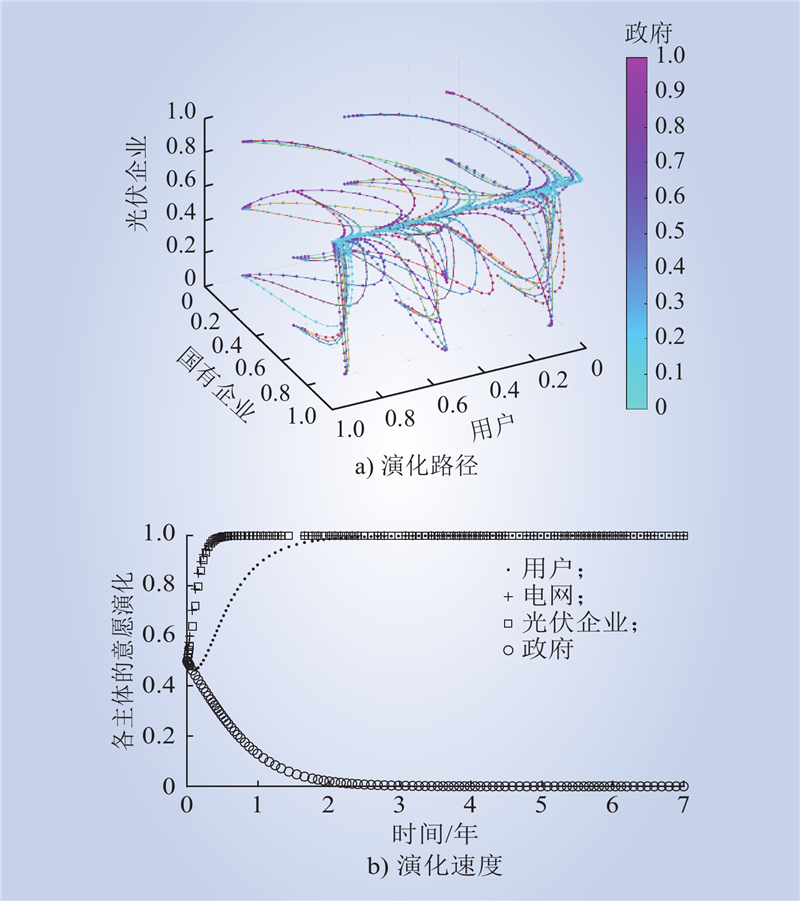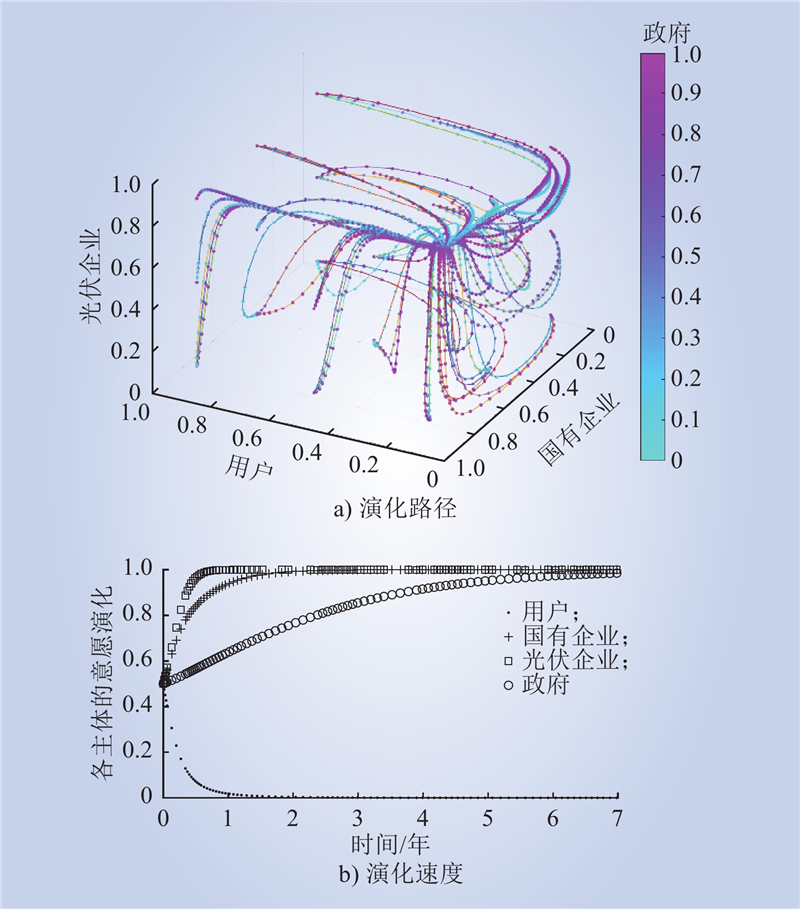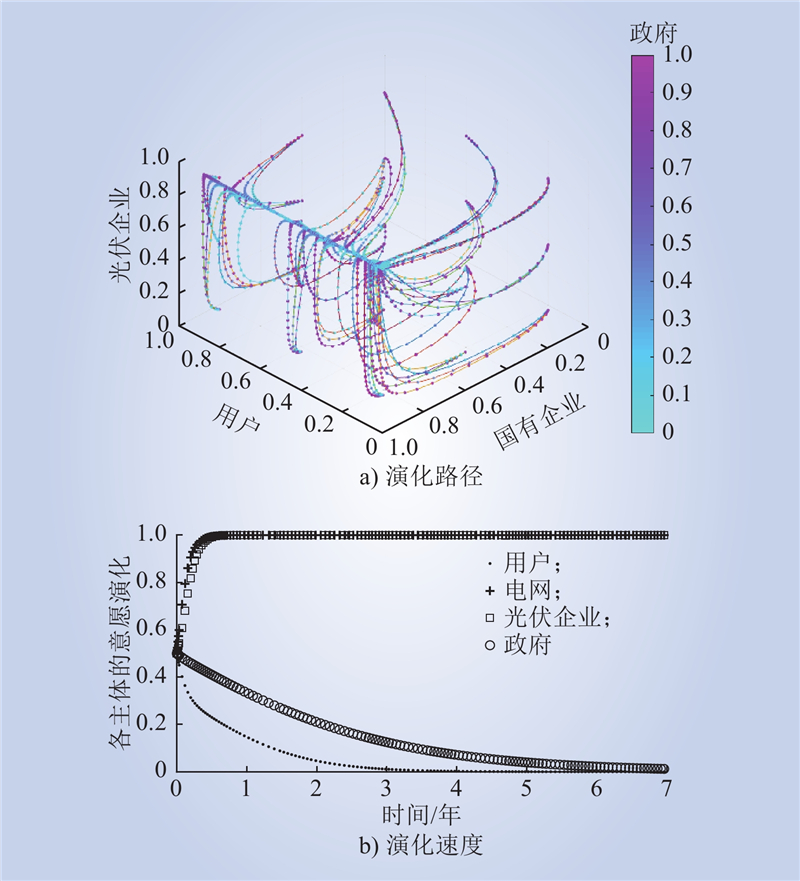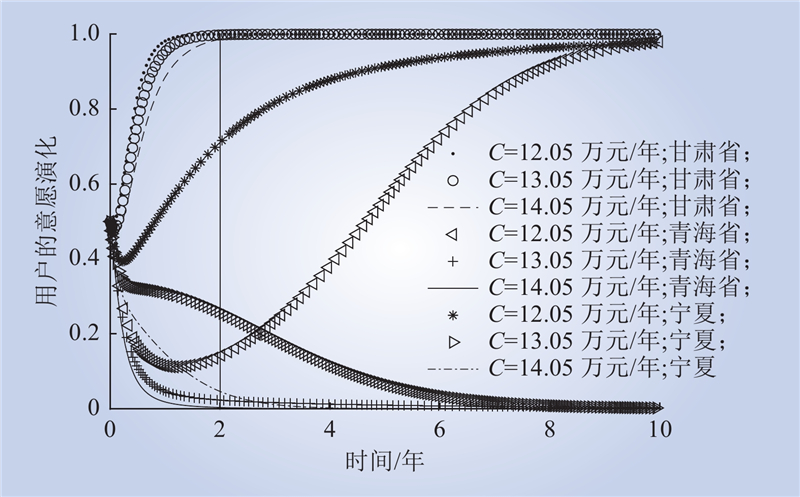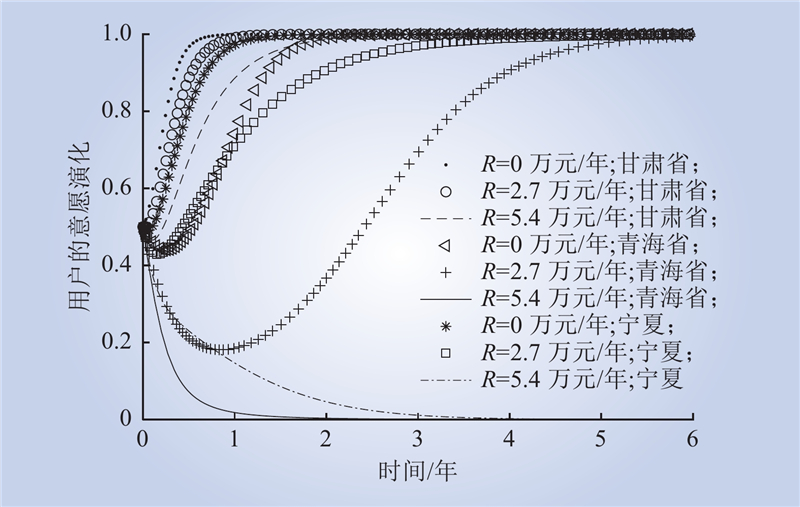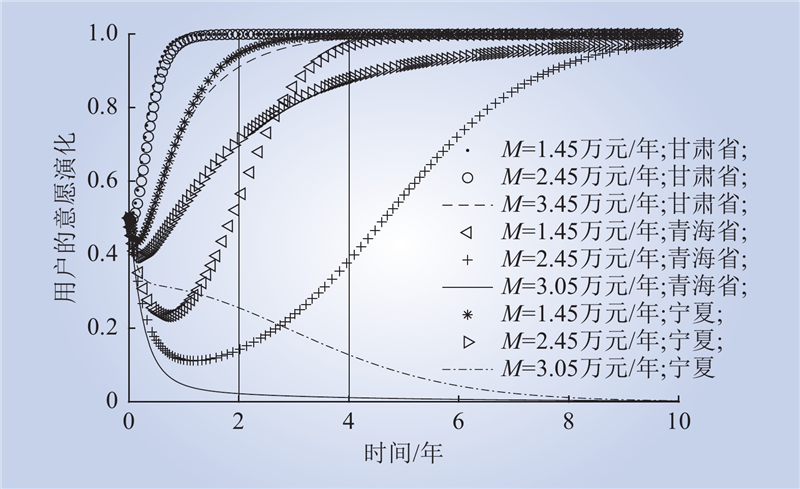| 1 |
刘学敏. 贫困县扶贫产业可持续发展研究[J]. 中国软科学, 2020, (3): 79- 86.
|
|
LIU Xuemin. Study on the sustainable development of poverty alleviation industry in poverty-stricken counties[J]. China Soft Science, 2020, (3): 79- 86.
|
| 2 |
黄赋斌, 李文静, 帅传敏. 光伏扶贫对乡村振兴的政策效应[J]. 资源科学, 2022, 44 (1): 32- 46.
|
|
HUANG Fubin, LI Wenjing, SHUAI Chuanmin. Policy effect of solar photovoltaic poverty alleviation on promoting rural revitalization[J]. Resources Science, 2022, 44 (1): 32- 46.
|
| 3 |
朱海波, 毕洁颖. 巩固拓展脱贫攻坚成果同乡村振兴有效衔接: 重点方向与政策调试: 针对“三区三州”脱贫地区的探讨[J]. 南京农业大学学报(社会科学版), 2021, 21 (6): 80- 90.
|
|
ZHU Haibo, BI Jieying. Key directions and policy adjustments for consolidating and expanding the achievements of poverty elimination and effectively linking with rural revitalization: discussion on the "three regions and three prefectures" lifted out of poverty[J]. Journal of Nanjing Agricultural University (Social Sciences Edition), 2021, 21 (6): 80- 90.
|
| 4 |
黄圆圆, 关磊. 光伏扶贫项目实施成效及其可持续发展研究: 以宁夏回族自治区为例[J]. 价格理论与实践, 2020, (3): 167- 170, 178.
|
|
HUANG Yuanyuan, GUAN Lei. The research on the implementation effect and sustainable development of photovoltaic poverty alleviation project—take Ningxia Hui autonomous region as an example[J]. Price (Theory & Practice), 2020, (3): 167- 170, 178.
|
| 5 |
李娜, 张广来, 周应恒, 等. 中国减贫实践: 农村“光伏扶贫”政策的社会经济效益评价[J]. 中国农业大学学报, 2022, 27 (2): 294- 310.
|
|
LI Na, ZHANG Guanglai, ZHOU Yingheng, et al. China's experience of poverty alleviation: socioeconomic effect of rural "photovoltaic poverty alleviation" policy[J]. Journal of China Agricultural University, 2022, 27 (2): 294- 310.
|
| 6 |
昌敦虎, 田川, 张泽阳, 等. 基于LCOE模型的光伏发电经济效益分析: 以宜昌农村地区光伏扶贫电站项目为例[J]. 环境科学研究, 2020, 33 (10): 2412- 2420.
|
|
CHANG Dunhu, TIAN Chuan, ZHANG Zeyang, et al. Economic benefit analysis on photovoltaic power generation with LCOE model: the case of poverty alleviation project in rural areas of Yichang city[J]. Research of Environmental Sciences, 2020, 33 (10): 2412- 2420.
|
| 7 |
刘城宇, 杨洪明, 赖明勇. 农业现代化背景下县域光伏扶贫生态补偿标准评估[J]. 农业工程学报, 2020, 36 (16): 300- 309.
|
|
LIU Chengyu, YANG Hongming, LAI Mingyong. Assessment of ecological compensation standards for county-level photovoltaic poverty alleviation under the background of agricultural modernization[J]. Transactions of the Chinese Society of Agricultural Engineering, 2020, 36 (16): 300- 309.
|
| 8 |
邹乐乐, 陈佩佩, 王辉, 等. 光伏扶贫项目的问题分析与路径优化: 基于安徽阜阳及山西左权的田野调查[J]. 中国软科学, 2019, (10): 50- 60.
|
|
ZOU Lele, CHEN Peipei, WANG Hui, et al. Analysis and optimization path of photovoltaic poverty alleviation project based on field investigation in Fuyang and Zuoquan[J]. China Soft Science, 2019, (10): 50- 60.
|
| 9 |
杜松怀, 孙若男, 杨曼, 等. 光伏扶贫农村综合能源站设计与优化配置方法[J]. 农业机械学报, 2021, 52 (S1): 367- 376.
|
|
DU Songhuai, SUN Ruonan, YANG Man, et al. Optimal allocation method of rural integrated energy station under background of photovoltaic poverty alleviation[J]. Transactions of the Chinese Society for Agricultural Machinery, 2021, 52 (S1): 367- 376.
|
| 10 |
郑云安, 夏哲辉, 罗毅, 等. 基于模糊层次分析法的扶贫光伏电站运维模式选型[J]. 中国电力, 2021, 54 (6): 191- 198.
|
|
ZHENG Yunan, XIA Zhehui, LUO Yi, et al. Research on operation and maintenance mode of photovoltaic poverty alleviation power station based on fuzzy analytic hierarchy process[J]. Electric Power, 2021, 54 (6): 191- 198.
|
| 11 |
杨辉, 莫峻. 发电侧企业群体间竞价行为的随机演化博弈[J]. 电网技术, 2021, 45 (9): 3389- 3397.
|
|
YANG Hui, MO Jun. Stochastic evolutionary game of bidding behavior for generation side enterprise groups[J]. Power System Technology, 2021, 45 (9): 3389- 3397.
|
| 12 |
危小超, 朱田. 基于演化博弈的电子商务生态系统协同机制研究[J]. 北京邮电大学学报(社会科学版), 2021, 23 (1): 28- 40.
|
|
WEI Xiaochao, ZHU Tian. Coordinated mechanism of E-commerce ecosystem based on evolutionary game[J]. Journal of Beijing University of Posts and Telecommunications (Social Sciences Edition), 2021, 23 (1): 28- 40.
|
| 13 |
朱立龙, 荣俊美, 张思意. 政府奖惩机制下药品安全质量监管三方演化博弈及仿真分析[J]. 中国管理科学, 2021, 29 (11): 55- 67.
|
|
ZHU Lilong, RONG Junmei, ZHANG Siyi. Three-party evolutionary game and simulation analysis of drug quality supervision under the government reward and punishment mechanism[J]. Chinese Journal of Management Science, 2021, 29 (11): 55- 67.
|
| 14 |
卢强, 陈来军, 梅生伟. 博弈论在电力系统中典型应用及若干展望[J]. 中国电机工程学报, 2014, 34 (29): 5009- 5017.
|
|
LU Qiang, CHEN Laijun, MEI Shengwei. Typical applications and prospects of game theory in power system[J]. Proceedings of the CSEE, 2014, 34 (29): 5009- 5017.
|
| 15 |
范辉, 罗蓬, 王弘利, 等. 基于社交网上演化博弈的光伏台区用户需求响应特性研究[J]. 电力建设, 2022, 43 (8): 150- 158.
|
|
FAN Hui, LUO Peng, WANG Hongli, et al. Study on demand response of users in photovoltaic station area applying evolutionary game model in social network[J]. Electric Power Construction, 2022, 43 (8): 150- 158.
|
| 16 |
刘宝林, 李小双, 曾小松, 等. 基于系统动力学和演化博弈的光伏项目EMC模式投资意愿分析[J]. 电力系统及其自动化学报, 2021, 33 (4): 40- 46, 54.
|
|
LIU Baolin, LI Xiaoshuang, ZENG Xiaosong, et al. Investment willingness analysis of EMC PV project based on system dynamics and evolutionary game theory[J]. Proceedings of the CSU-EPSA, 2021, 33 (4): 40- 46, 54.
|
| 17 |
鲁明芳, 李咸善, 李飞, 等. 基于双层博弈优化的光伏电站集群储能租赁配置策略[J]. 中国电机工程学报, 2022, 42 (16): 5887- 5898.
|
|
LU Mingfang, LI Xianshan, LI Fei, et al. Strategy of energy storage leasing configuration of photovoltaic power station cluster based on Bi-level game optimization[J]. Proceedings of the CSEE, 2022, 42 (16): 5887- 5898.
|
| 18 |
陈娟, 高江梅. 基于演化博弈的户用光伏整县开发协同机制及仿真[J]. 电网技术, 2023, 47 (2): 669- 684.
|
|
CHEN Juan, GAO Jiangmei. Coordination mechanism and simulation of household photovoltaic county development based on evolutionary game[J]. Power System Technology, 2023, 47 (2): 669- 684.
|


